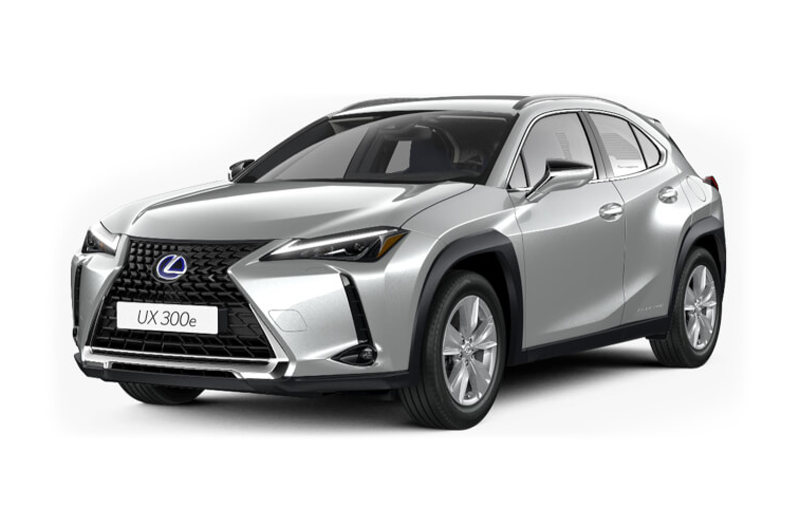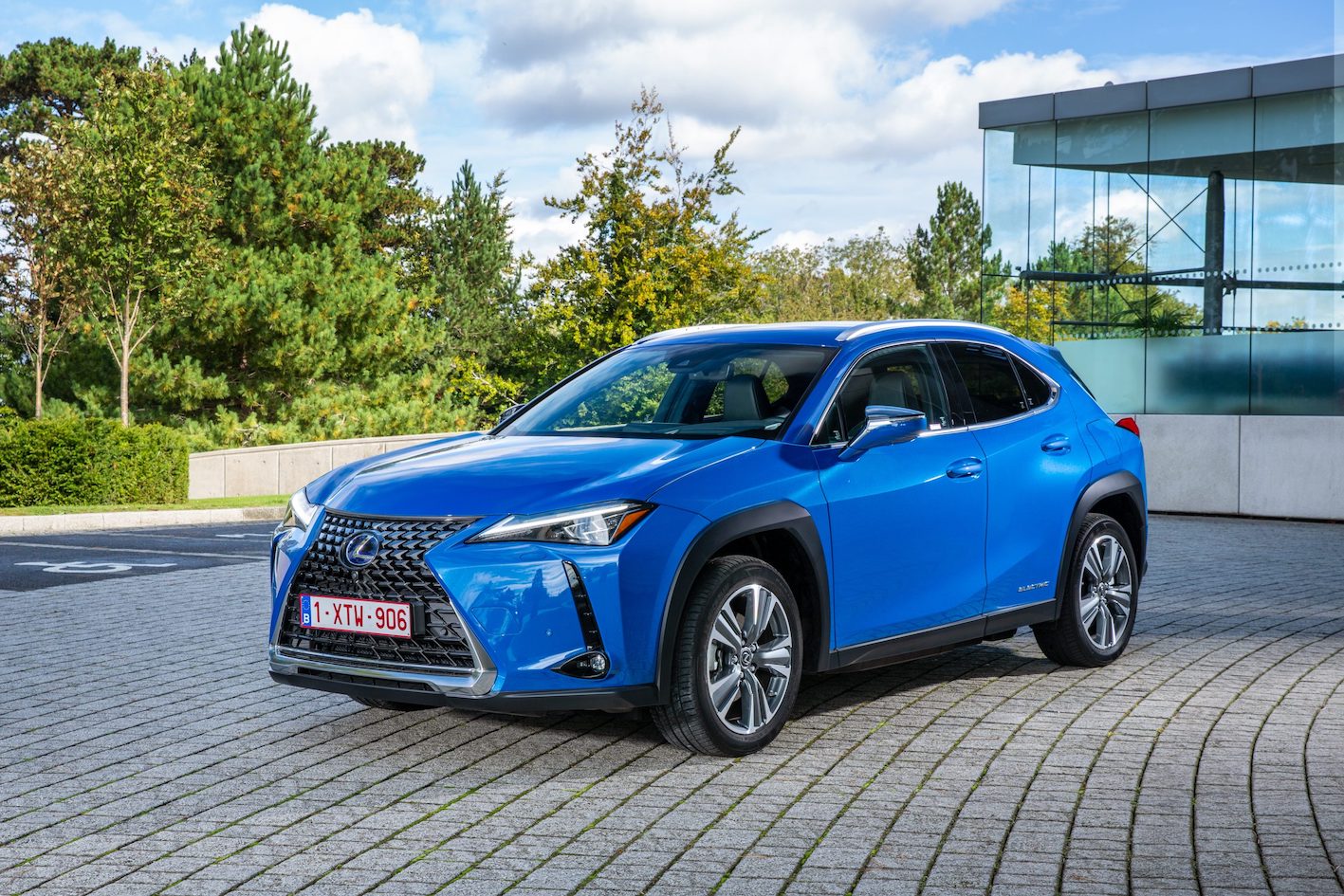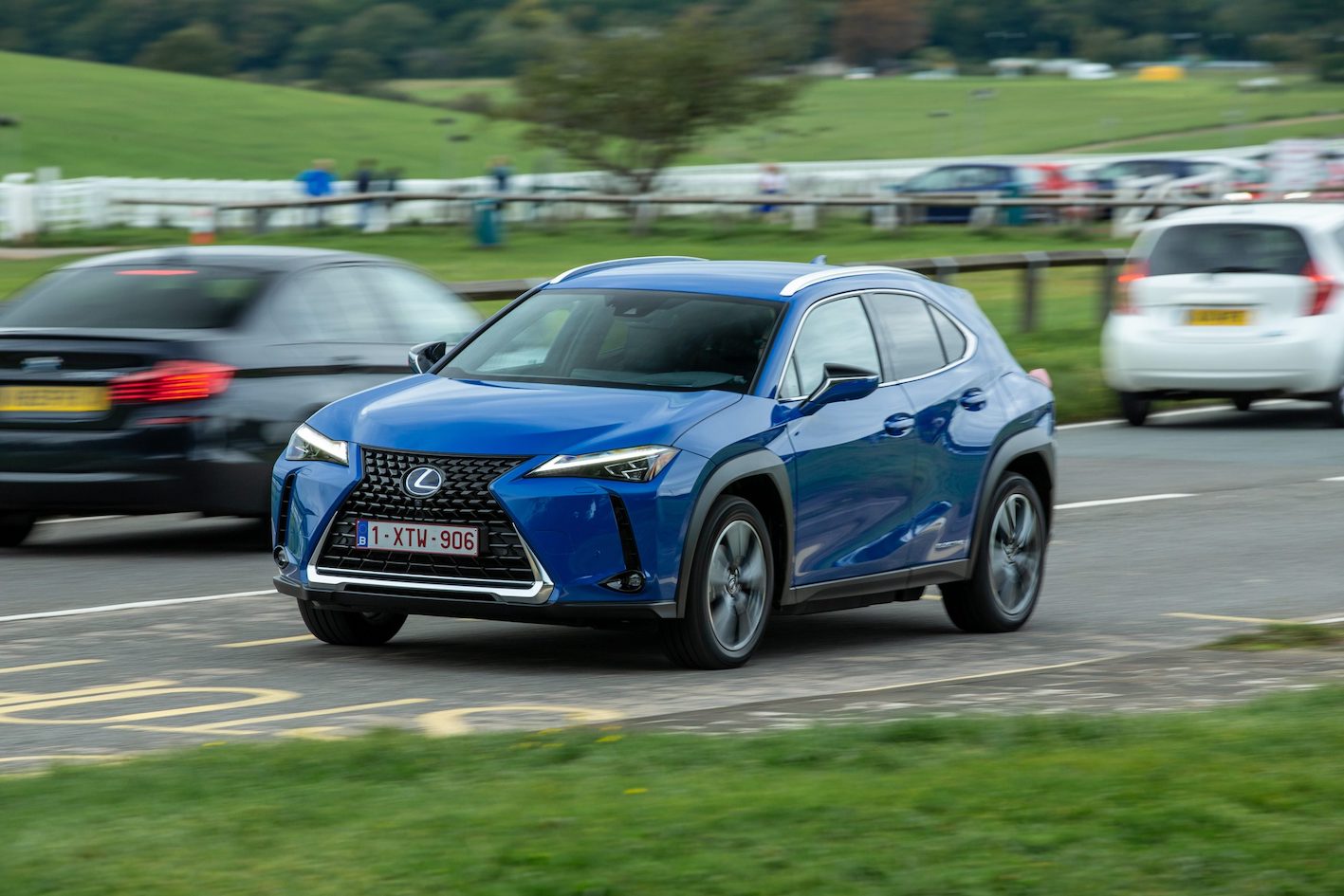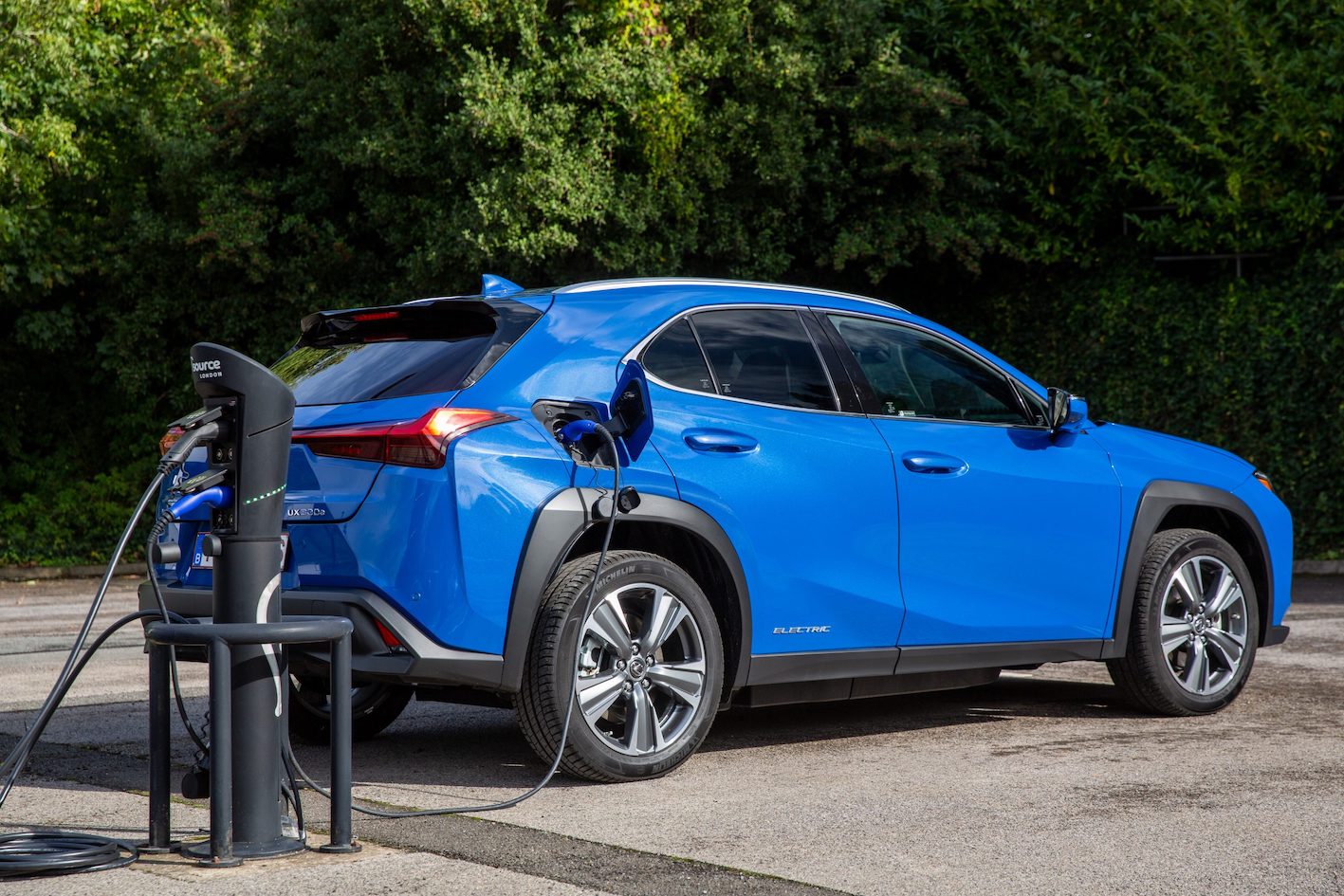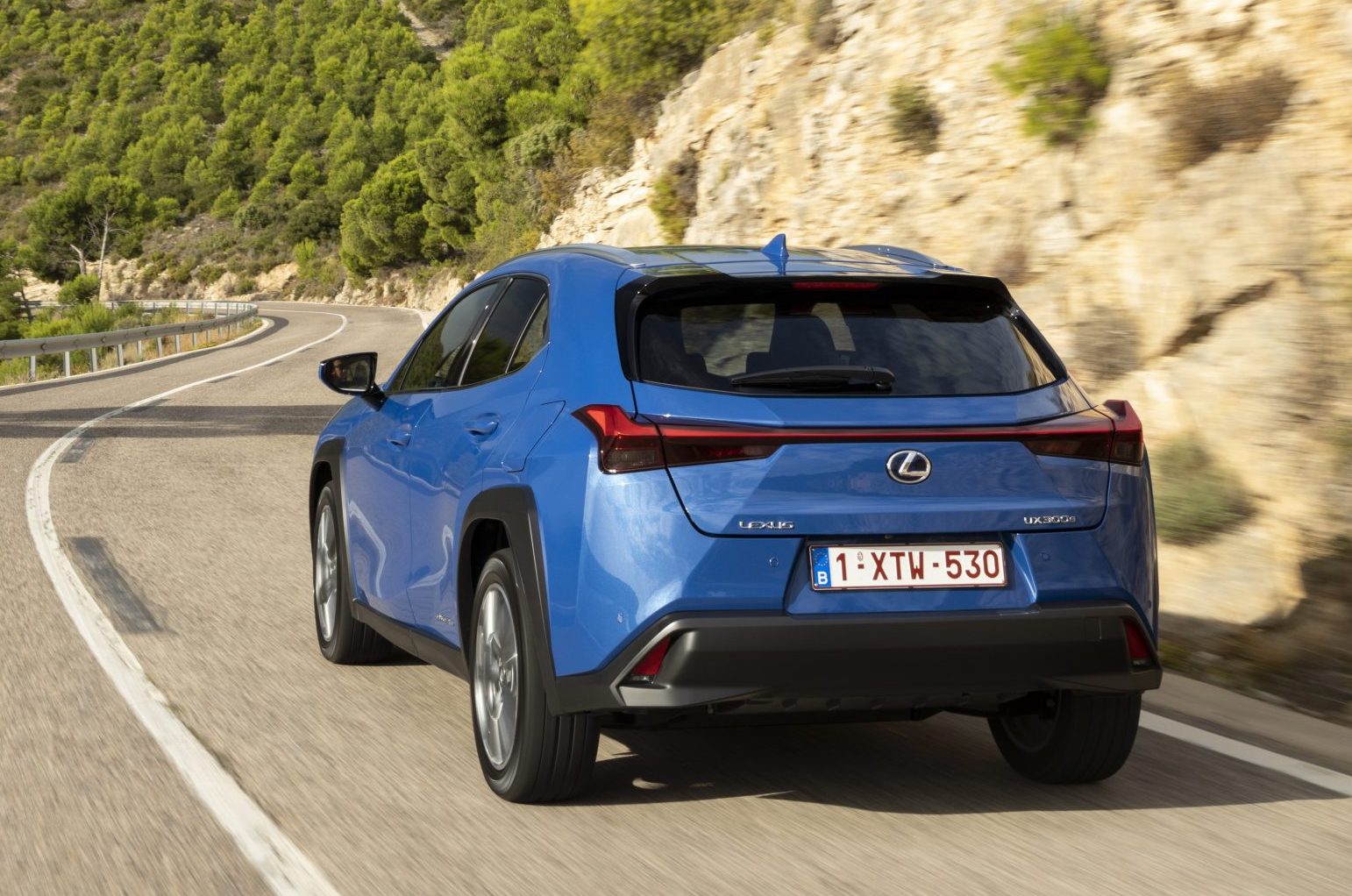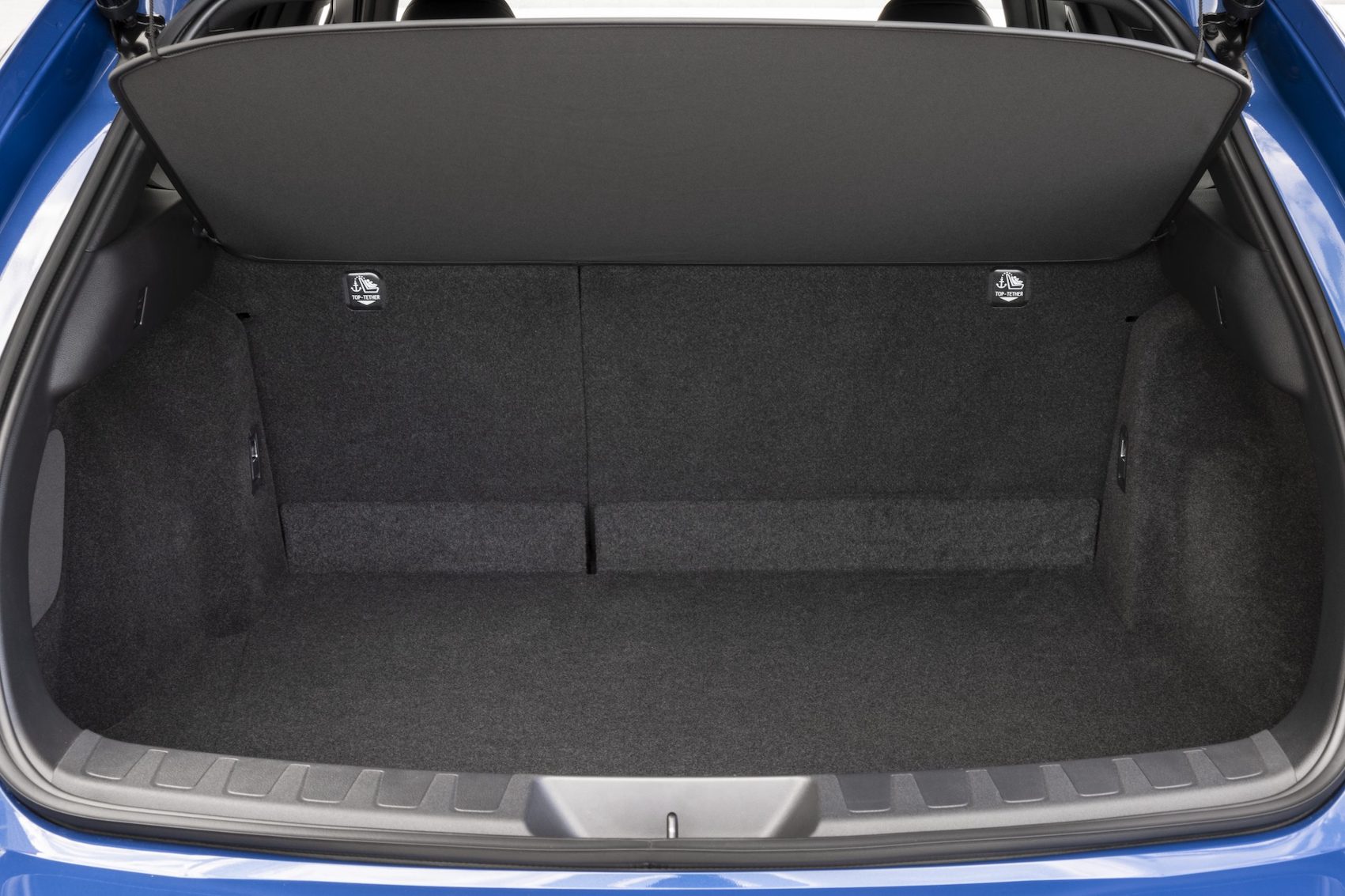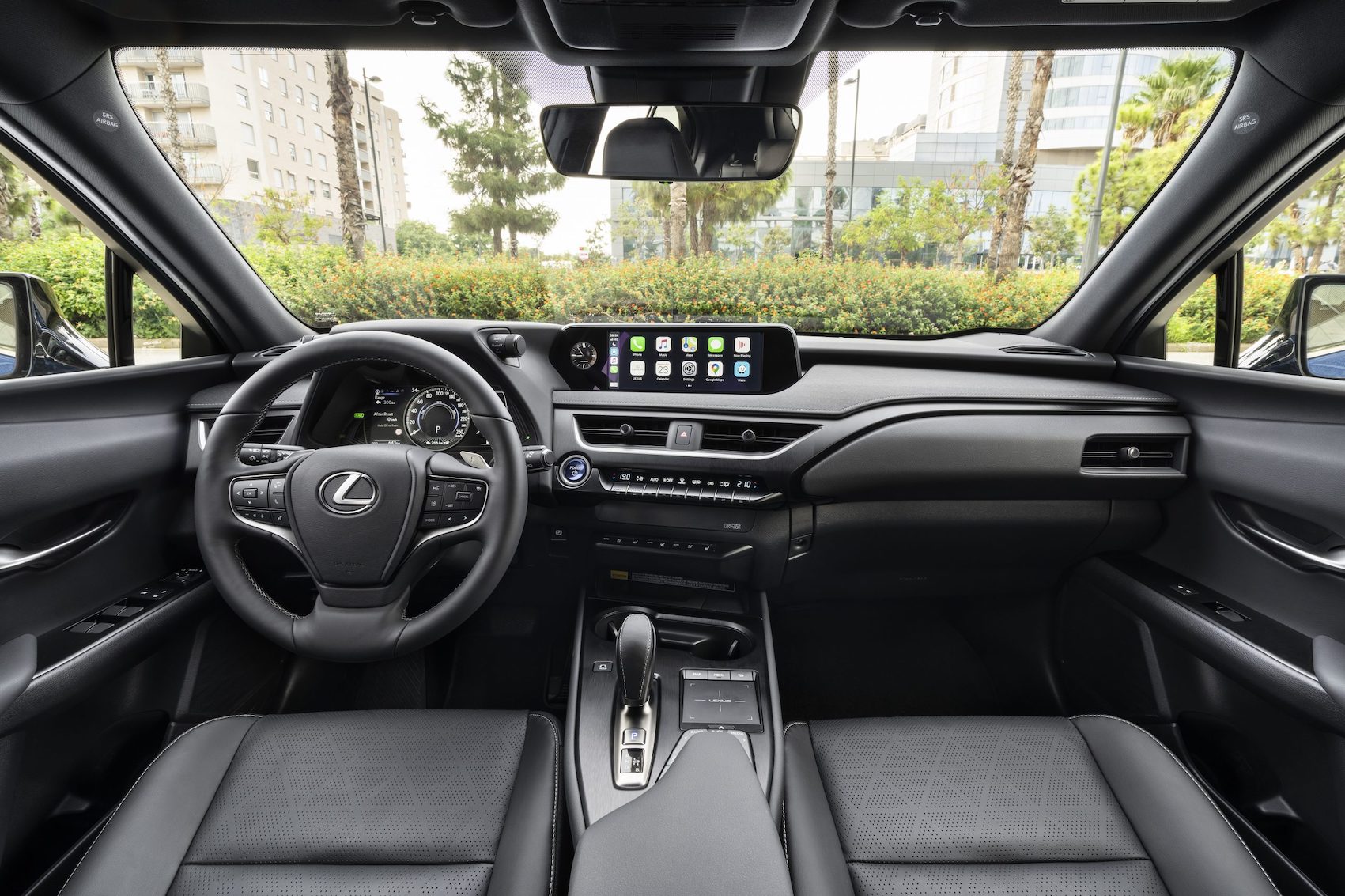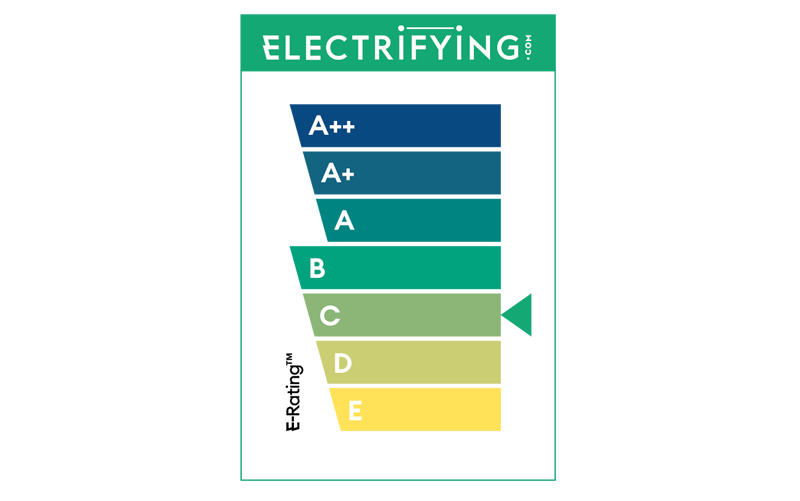Practicality and Boot Space
In a case of function following form, the interior is as angular as the outside, but it all works and is exceptionally well-built. The touchpad in the centre console takes a little getting used to, and we’ve only tried the top-spec ‘Takumi’ model (more of that in a moment), but generally it all works and works well - although the back seats are perhaps a little bit gloomy if you’ll be popping anyone back there.
This is the smaller option in Lexus’ crossover range, so you’re best waiting for its fully electric RZ SUV if it’s lots of space and practicality you seek. But from experience of driving Lexus’ earliest cars – the early 1990s LS400 limo – suggests this’ll still feel well put together long after your lease deal is over.
Technology
Being a premium Japanese car, you can expect tech galore, though Lexus was relatively late to the party when it came to integrating Apple CarPlay and Android Auto to its vehicles. The stock infotainment isn’t bad, but that touchpad is definitely a little ‘patting your head while rubbing your belly’ on the move, at least in the first few miles. As standard you get a seven-inch display in the centre console, rising to ten inches as you go up the range, as Lexus expects most buyers to. The fancy cameras-for-mirrors of other Lexus models aren’t here; the UX keeps things relatively simple, really. Posher, more tech-laden EVs will come from this brand in the future.
Safety
Euro NCAP crash tested the regular Lexus UX crossover upon launch in 2019 where it scored the full five stars, scoring an almost perfect 96 per cent for its adult occupant protection. And as standard the UX300e comes loaded with all the crash avoidance and lane-departure systems you could hope for, leaving none of it hiding behind expensive packs on the options list. Lane Trace Assist provides a tantalising step on the way to autonomous driving.












